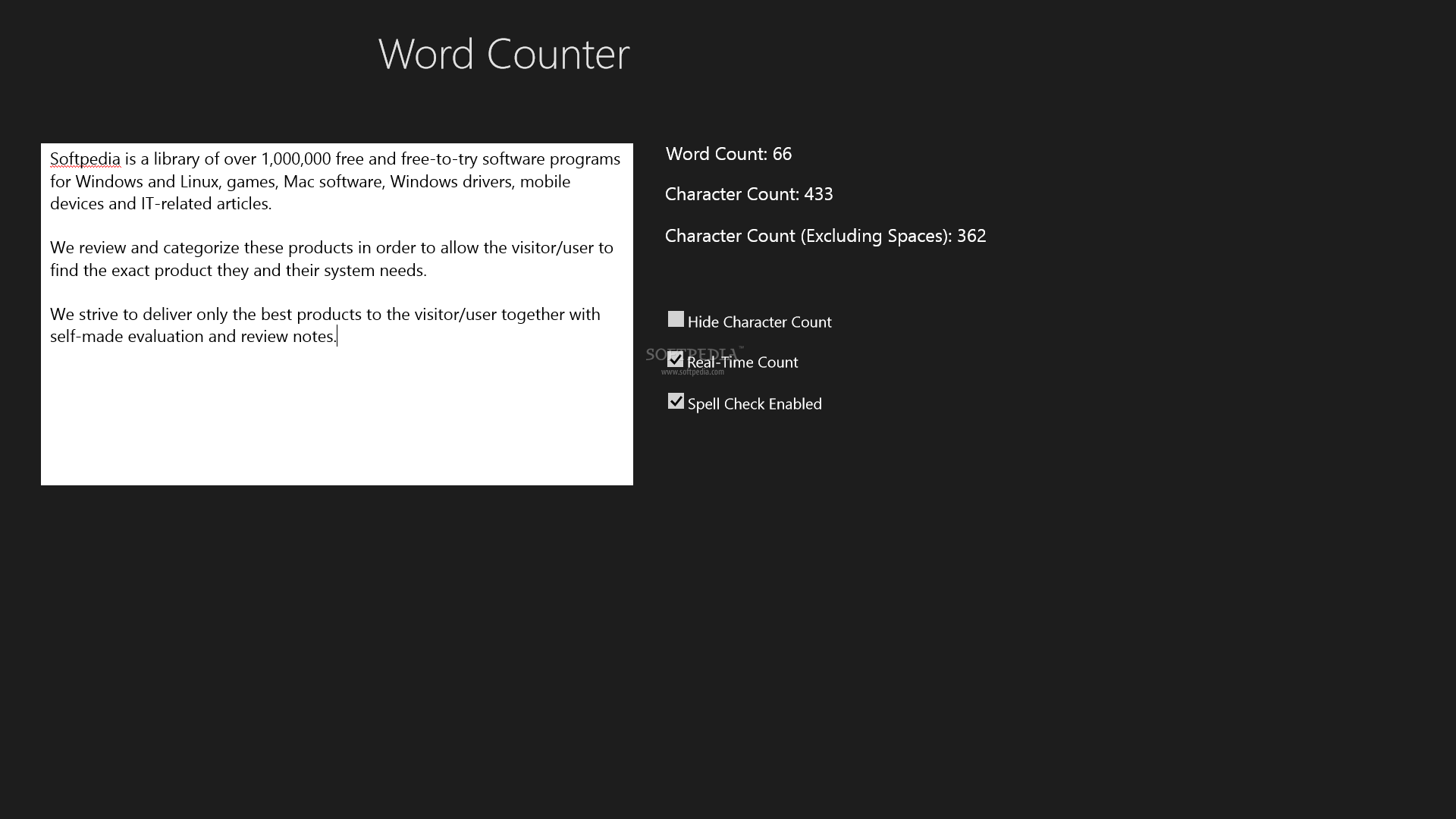


Monosyllables come in two ‘flavours’- lexical monosyllables (those that describe objects and actions) and grammatical monosyllables (those words like ‘the’ and ‘of’ that are used for grammar but don’t carry any semantic (meaning) content)Ī word that contains more than one syllable is called polysyllabic. They contain just one syllable and are of great interest to linguists studying phonology (the study of sound in language) and morphology (the study of the internal structure of words). Words such as ‘cat’, ‘ jump’ and ‘ run’ are monosyllabic. What are monosyllabic and polysyllabic words?įirst, let’s start by looking at how the number of syllables in a word or sentence can vary. We will also explain the six metrics that Text Inspector uses to assess syllable counts, statistics and in turn, readability. In this short post, we will explore the importance of syllables, how the number of syllables in a word or sentence can vary according to a variety of factors and point out a few of the concerns of using syllable counts to assess language complexity. Syllables can also help us understand the readability and complexity of a text. For that reason, they are vital when speaking any language such as English, learning to read and write at school or learning English as a Second Language. When it comes to communicating in a language, syllables help us with pronunciation and help us to be understood by others. They can be made up of either one vowel sound or a combination of vowels and consonants.

A syllable is a single, unbroken sound (phoneme) that is found in a written or spoken word and is often referred to as ‘beats’ in words.


 0 kommentar(er)
0 kommentar(er)
